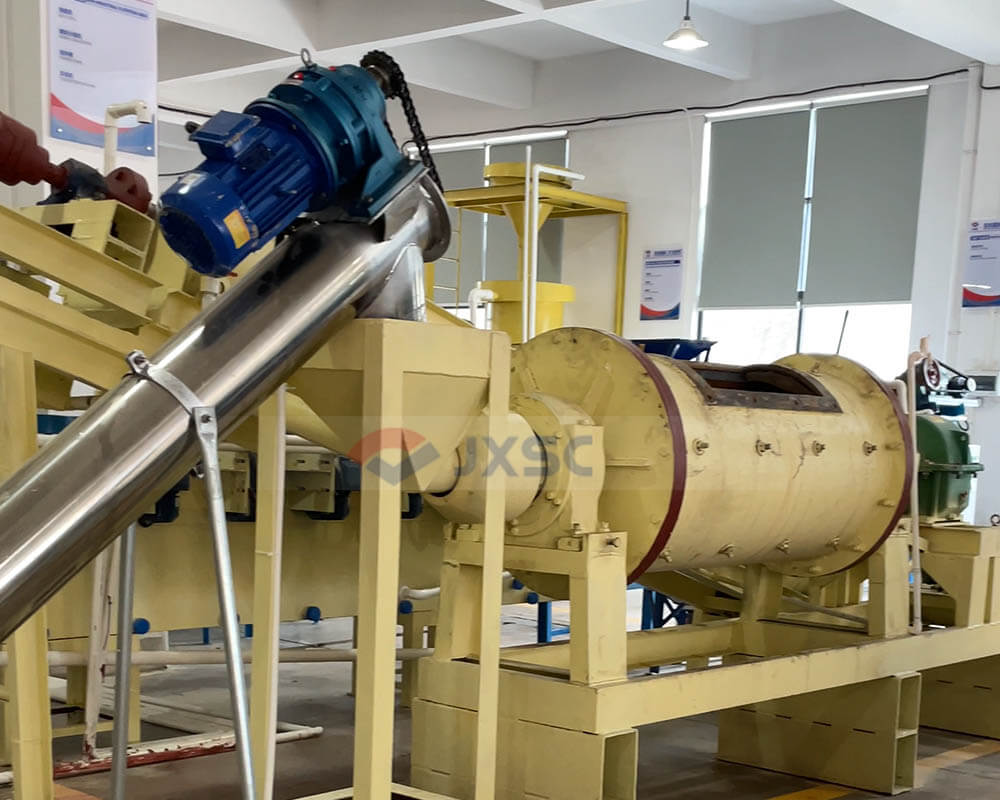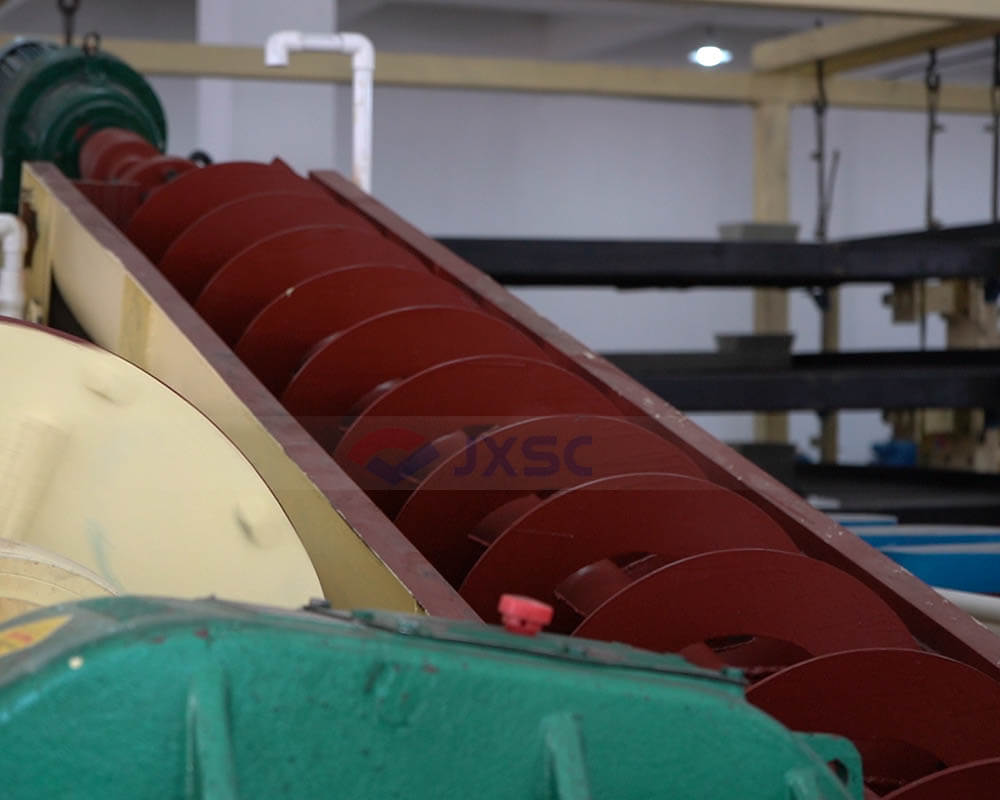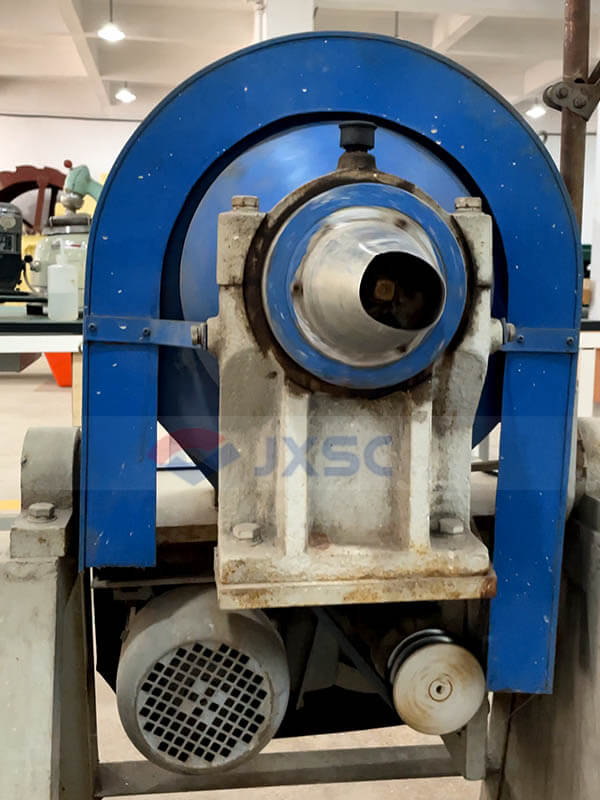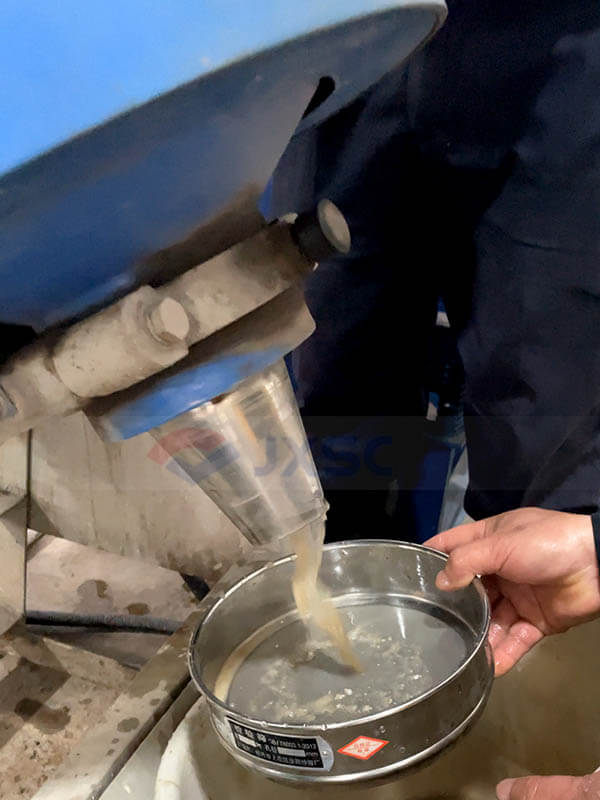Why do the same ore have different recovery rates after being processed by different grinding and classification methods? As the core link between ore characteristics and production practice, the scientific nature and accuracy of mineral processing experiments directly determine the resource utilization rate, cost control and ultimate profitability of the mineral processing plant. Among them, the grinding and classification test is the core link of the mineral processing process. Sometimes, coarse particle size may lead to insufficient dissociation of useful minerals, while excessive grinding will increase energy consumption and sludge interference. However, through scientific grinding and classification tests, we can find the optimal grinding fineness, which not only ensures sufficient dissociation of minerals, but also greatly improves the indicators of subsequent mineral processing plants such as flotation and gravity separation.
Table of Contents
In mineral processing, precise control of grinding particle size is key to improving the recovery rate of both metallic and non-metallic ores. The efficiency and particle size of grinding and classification tests depend on the coordinated optimization of ore properties, equipment parameters, and operating conditions. Optimized, specialized grinding and classification equipment can achieve a target particle size pass rate of ≥90%, providing critical data support for mineral processing process design.
What is the grinding and classification test?
Grinding is the process of reducing ore particle size through mechanical action (such as impact and grinding), which directly affects the degree of dissociation of mineral monomers. Classification, on the other hand, separates materials based on particle size, density, or settling velocity, ensuring that only materials meeting the separation requirements proceed to the next process. The two complement each other: grinding provides raw materials for classification, and classification provides feedback to control grinding fineness.
Grinding Stage:
In laboratory mineral processing tests, laboratory ball mills, rod mills, autogenous mills, and cylindrical or conical ball mills are primarily used for grinding.
For hard ores (such as granite and magnetite), small ball mills are preferred. Their steel balls have strong impact crushing capabilities and can process feed particles ≤25mm. Medium-soft ores (such as limestone and clay) are suitable for laboratory rod mills, where linear contact grinding with steel rods can reduce over-crushing. Extremely soft ores (such as coal and phosphate) or ores with high mud content are preferably treated with autogenous mills, which utilize the ore’s own impact to crush the material.

Classification Stage:
Commonly used classification equipment in modern mineral processing plants includes spiral classifiers and hydrocyclones, each tailored to different process requirements. Spiral classifiers rely on gravity settling, achieving a classification efficiency of approximately 60%-70%, making them suitable for coarse fractions. Hydrocyclones utilize centrifugal force for separation, achieving efficiencies of 80%-90%, with overflow particle sizes as fine as 10μm. High-frequency screens utilize high-frequency vibrations to achieve combined dry and wet classification, making them highly adaptable to sticky ores. One bauxite mine, using a 200-mesh high-frequency screen for classification, achieved a 25% improvement in dewatering efficiency compared to hydrocyclones.

In mineral processing, grinding is not the end point; it creates the foundation for subsequent classification. An ideal closed-circuit grinding-classification system achieves a dynamic balance, avoiding both under-grinding (resulting in reduced recovery) and over-grinding (resulting in energy waste and sludge contamination). Through the “grinding-classification-return” cycle, coarse particles are re-ground, reducing the particle size standard deviation to below 3.2. For example, in copper or lead-zinc ore processing plants, a combination of ball mill and hydrocyclone is usually used, and the return sand amount and overflow fineness are precisely controlled by adjusting the cyclone parameters.
Factors Affecting Grinding and Classification Test Efficiency
- Ore Characteristics: Hardness and particle size determine the degree of crushing difficulty. For example, hard ores require high-impact crushing, while soft ores need to be prevented from over-grinding. High-density ores require a lower slurry concentration, while low-density ores can be increased. Fine-grained ores with interlocking particles should be ground to a concentration of >90% of -0.074 mm, while coarse-grained ores can be controlled to 60%-70%.
- Equipment Parameters: The choice of mill type (ball mill, rod mill, autogenous mill) and classifying equipment (cyclone, spiral classifier) directly impacts grinding efficiency. Mill speed, ball ratio, and media material (such as high-chromium steel balls or ceramic balls) all affect crushing capacity. Classifying equipment adjustment is also crucial. For example, the feed pressure and grit nozzle size of a cyclone determine separation accuracy. Optimizing equipment size and operating parameters can significantly improve classification stability and throughput, reducing over- or under-grinding.
- Media Proportion: Ball size should match the feed particle size, for example: large balls crush coarse particles, while small balls grind fine powders.
- Operating variables: Laboratory trials require strict control of repeatability, including grinding time, media replenishment, and screening methods. Pilot trials simulate continuous production conditions to test parameter stability and verify scale-up. A comprehensive strategy requires matching “ore-equipment-parameters” and rationally designing the trial scale to ensure reliability and cost-effectiveness during industrial conversion.
Key Technologies for Grinding and Classification Tests
Laboratory grinding tests must strictly adhere to the principles of “representativeness, controllability, and repeatability.”
(1). Sampling & Crushing
First, a representative ore sample is collected. The ore is then crushed to -10mm using a jaw crusher. Further crushing is performed in a roller crusher to -2mm, ensuring a 95% qualified crushed product, preparing the ore for subsequent grinding.
(2). Grinding
Preferably, a laboratory conical ball mill is used. The slurry is prepared at a liquid-to-solid ratio of 1:1.2, and the speed and time are set. If the grinding is insufficient, check whether the steel balls are replenished promptly or increase the mill speed appropriately. Uneven particle size is often caused by improper selection of classifying equipment.
(3). Classification (Screening)
In practical classification test applications, a combination of laser and screening is recommended. The former quickly obtains an overall distribution, while the latter accurately determines the proportion of key particle sizes (e.g., -200 mesh). The time should be strictly controlled to 15-20 minutes. Shorter times will result in an overestimated coarse fraction, while longer times will result in “oversizing” of the fine fraction.
Regarding classification equipment selection, hydrocyclones are the preferred choice for modern concentrators due to their high processing capacity and compact footprint. The separation particle size can be precisely controlled by adjusting the grit nozzle diameter and feed pressure. Spiral classifiers rely on mechanical lifting to achieve classification, resulting in low water content in the returned sand, making them particularly suitable for gravity separation processes. Vibrating screens (such as high-frequency fine screens) are suitable for processing coarse materials, with screen life being a key consideration. For example, when processing slurries with a high proportion of -50μm particles, hydrocyclones are a more suitable alternative to spiral classifiers.


(4). Analysis
Calculate the yield of each particle size fraction, plot a “particle size-yield” curve, and calculate the standard deviation. Calculate the classification efficiency, return sand ratio, and overflow particle size pass rate, compare them to design indicators, and propose optimization options.
(5). Report
Records include ore properties (density, grade, hardness), equipment model, and test parameters (concentration, speed, and time). Optimal grinding and classification parameters (concentration, media ratio, time, and classification equipment parameters) are determined, and a feasible plan for industrial application is proposed.
Ore grinding and classification tests must strictly follow the entire process of “preparation-grinding-classification-analysis-reporting”. The core lies in achieving precise control of the target particle size through parameter optimization (concentration, medium, time, classification parameters), while ensuring data repeatability (error ≤ 5%) and report standardization.
Particle size control bridges the gap between ore properties and mineral processing performance, requiring scientific experimentation to achieve “precision grinding + efficient classification.” Select a test plan based on ore characteristics, prioritizing closed-circuit processes to enhance particle size stability. Asia-Africa International (JXSC) offers customized mineral processing testing equipment and services. Contact us for professional test solutions!
